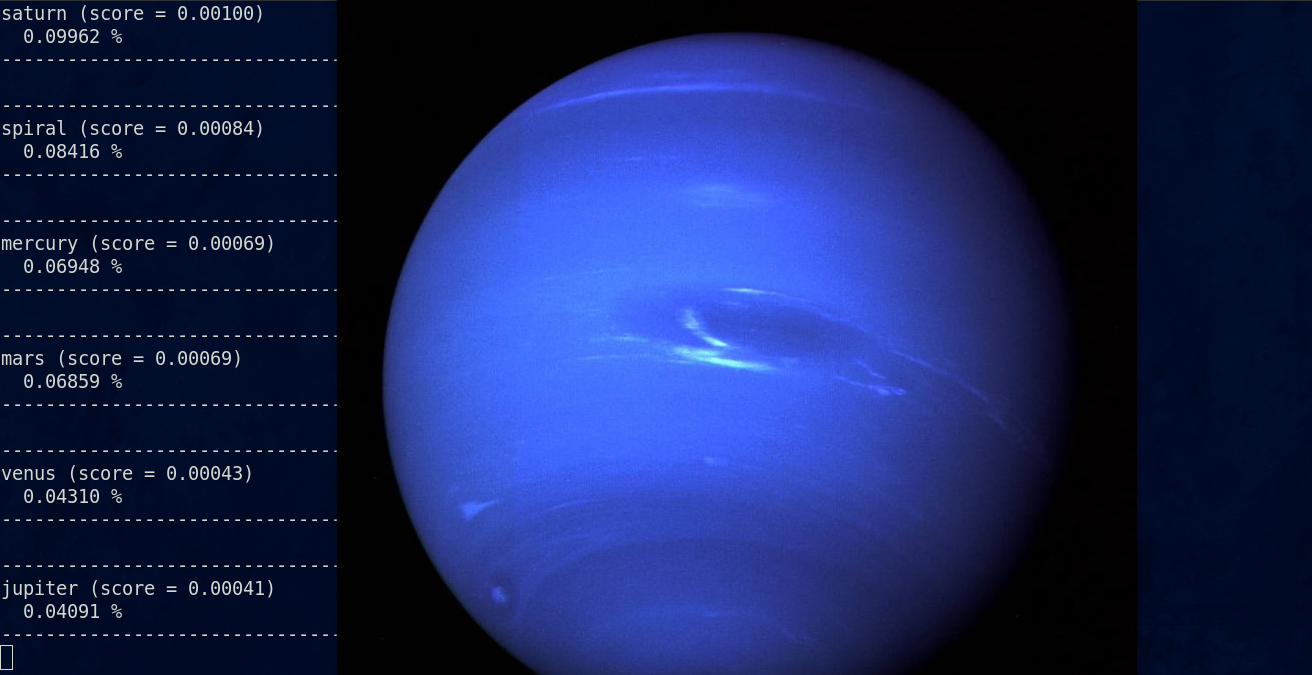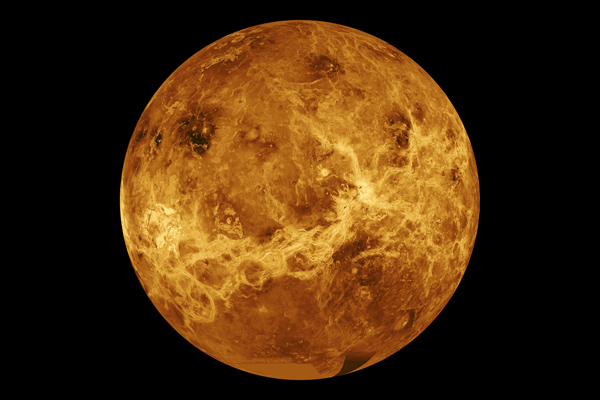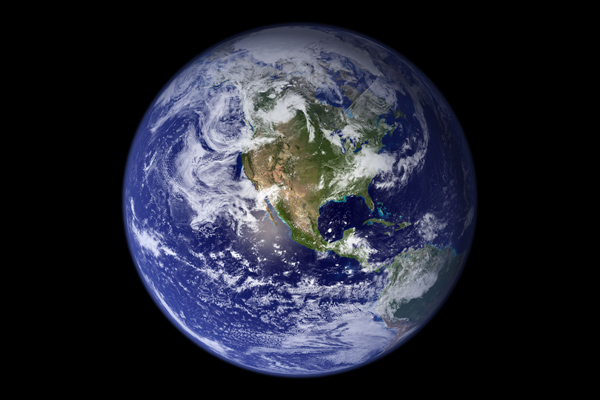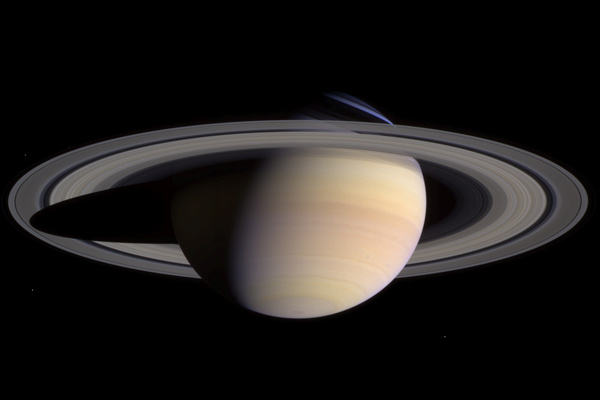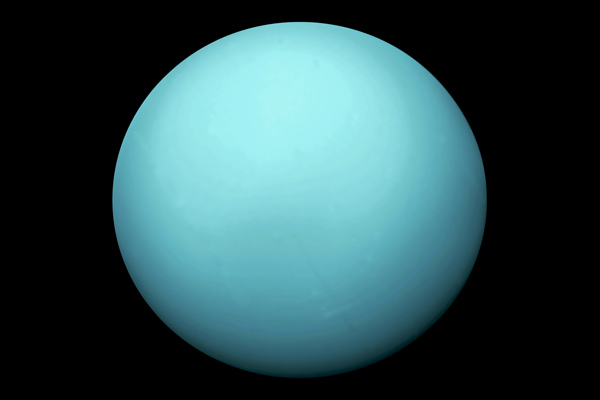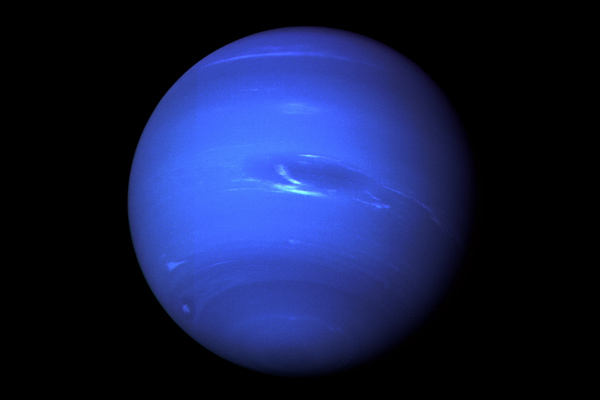Visit Site to use the model.
Create a virtual environment (recommended)
Python virtual environments are used to isolate package installation from the system.
Create a new virtual environment by choosing a Python interpreter and making a ./venv directory to hold it:
virtualenv --system-site-packages -p python3 ./venv
Activate the virtual environment using a shell-specific command:
source ./venv/bin/activate # sh, bash, ksh, or zsh
If using conda, you can run
conda create -n tensorflow python=3.7
source activate tensorflow
Move to the image_training directory: cd /hub/examples/image_retraining
pip install -r requirements.txt
OR
Install Tensorflow
pip install tensorflow==1.14
Install wikipedia
pip install wikipedia
Install PyYAML
pip install PyYAML
Downloaded automatically while training
Simple visit site or local deploy webapp with the help of instructions mentioned below:
python run.py
- The webapp is made using Flask, the
staticfiles (css, js, img),templatesandviews.pyare in the/app/directory. - There are four endpoints:
/- Home page. Here, the user will select image to upload or enter the url./result- Results after processing. Shows the image, labels, wiki./redirectToGoogle- Redirects to google image search./about- About the project.
python retrain.py --bottleneck_dir=bottlenecks --how_many_training_steps=500 --model_dir=inception --summaries_dir=training_summaries/basic --output_graph=retrained_graph.pb --output_labels=retrained_labels.txt --image_dir=./training_data
All trained files are including in the Repository and model can be evaluated without training too using:
python label_image.py test_data/uranus/000.jpg
or any other test image from test_data/. You can add your own images to be evalauted with Model for Classification.
The Inception network was an important milestone in the development of CNN classifiers. Prior to its inception (pun intended), most popular CNNs just stacked convolution layers deeper and deeper, hoping to get better performance.
The Inception network, on the other hand, was complex (heavily engineered). It used a lot of tricks to push performance; both in terms of speed and accuracy. Its constant evolution led to the creation of several versions of the network.
The below image is the “naive” inception module. It performs convolution on an input, with 3 different sizes of filters (1x1, 3x3, 5x5). Additionally, max pooling is also performed. The outputs are concatenated and sent to the next inception module.
An astronomical object or celestial object is a naturally occurring physical entity, association, or structure that exists in the observable universe. [1] In astronomy, the terms object and body are often used interchangeably. However, an astronomical body or celestial body is a single, tightly bound, contiguous entity, while an astronomical or celestial object is a complex, less cohesively bound structure, which may consist of multiple bodies or even other objects with substructures.
Examples of astronomical objects include planetary systems, star clusters, nebulae, and galaxies, while asteroids, moons, planets, and stars are astronomical bodies. A comet may be identified as both body and object: It is a body when referring to the frozen nucleus of ice and dust, and an object when describing the entire comet with its diffuse coma and tail.
A galaxy is an enormous collection of interstellar dust, gas, stellar remnant, stars along with their own solar systems held together by gravity. Earth is situated in the Milky Way galaxy. The Milky Way is a spiral-shaped galaxy with a diameter ranging 100,000 and 180,000 light-years. Our galaxy was thought to contain all the stars in the universe until, in 1920, Edwin Hubble observed that the Milky Way is one of many galaxies in the universe and that every galaxy contains potentially billions or trillions of stars. To this day, only a small fraction of galaxies have been discovered.
In recent years, astronomy has become an immensely data-rich field with numerous digital sky surveys across a wide range of wavelengths. For example, the Sloan Digital Sky Survey will produce over 50,000,000 images of galaxies in the near future. Studying the morphology of galaxies is one of the most important aspects of answering many of the questions to which humanity does not yet know the answer, namely the creation of the universe. Scientists can understand the origin, formation, and evolution of galaxies by classifying galaxies by their structural appearance. The morphological classification of galaxies in a large database is important to help astronomers reduce classification errors and to help them collect statistical and observational data and discover the mystery of nature in general.
Astronomers can look into time and space as far as billions of light years away from Earth and explore millions of galaxies far away using space telescopes that are much more powerful than our eyesight.
 Figure 1: Three classes of galaxy morphological. From left to right: Elliptical Shaped Galaxy, Spiral
Shaped Galaxy and Irregular Shaped Galaxy (en.Wikipedia.org, 2006)
Figure 1: Three classes of galaxy morphological. From left to right: Elliptical Shaped Galaxy, Spiral
Shaped Galaxy and Irregular Shaped Galaxy (en.Wikipedia.org, 2006)
There are different types of galaxies:
-
ELLIPTICAL
An elliptical galaxy is a type of galaxy having an approximately ellipsoidal shape and a smooth, nearly featureless image.
Unlike flat spiral galaxies with organization and structure, elliptical galaxies are more three-dimensional, without much structure, and their stars are in somewhat random orbits around the center. -
SPIRAL
Spiral galaxies form a class of galaxy originally described by Edwin Hubble in his 1936 work The Realm of the Nebulae and, as such, form part of the Hubble sequence. Most spiral galaxies consist of a flat, rotating disk containing stars, gas and dust, and a central concentration of stars known as the bulge.
-
IRREGULAR
An irregular galaxy is a galaxy that does not have a distinct regular shape, unlike a spiral or an elliptical galaxy. Irregular galaxies do not fall into any of the regular classes of the Hubble sequence, and they are often chaotic in appearance, with neither a nuclear bulge nor any trace of spiral arm structure.
A planet is an astronomical body orbiting a star or stellar remnant that is massive enough to be rounded by its own gravity, is not massive enough to cause thermonuclear fusion, and has cleared its neighbouring region of planetesimals. There are a total of 8 planets in our solar system:
- Mercury: is the closest planet to the sun and the smallest planet in our solar system. Mercury has a rotation of 88 days around the sun. The close proximity of Mercury to the sun causes the surface temperatures to reach a high of 840°F during the day and hundreds of degrees below the freezing point at night. Mercury does not have an atmosphere due to the extreme temperatures. Without an atmosphere, the surface of Mercury is covered with pockmarks and craters from meteor impacts.
- Venus: is the second planet from the sun. Venus primarily consists of carbon dioxide which makes the planet toxic. The atmospheric pressure of Venus is capable of crushing anyone who landed on its surface. Venus can be seen by the naked eye from Earth. Thick clouds shroud Venus, making it difficult to see the details of the planet's surface.
- Earth: also known as "Terra", is the third planet from the sun. Earth is the only planet in our solar system that is capable of sustaining life. The rotation of Earth around the sun is approximately 365 days. The estimated age of the Earth is 4.54 billion years.
- Mars: is the fourth planet from the sun. Mars is also known as the "red planet" because of the reddish color formed by the high iron content in its soil. The rotation of Mars around the sun is approximately 686 days. The thin atmosphere of Mars consists mainly of carbon dioxide which makes it unsuitable for sustaining life. Scientists believed Mars to have once been capable of sustaining life and still might be able to in the future.
- Jupiter: the largest planet in our system, the mysteries of Jupiter has fascinated astronomers and non-astronomers alike for centuries. Poisonous gases completely cover its surface, hiding what lies beneath and violent storms prevent any landings of probes onto or images taken of the giant planet. Jupiter's atmosphere has been determined to be similar to that of the sun containing elements of hydrogen and helium.
- Saturn: first viewed via telescope in 1610 by Galileo Galilei, is the 6th planet in our solar system from the sun. Like Jupiter, its atmosphere is composed primarily of helium and hydrogen and it is the only planet discovered so far that has a lower density than water, approximately 30% lower. It is surrounded by a set of 9 whole rings and 3 broken rings that are comprised mainly of ice, rock, and space "dust".
- Uranus: also known as the "sideways planet" because of its awkward rotation, is the 7th planet in our solar system from the sun. Uranus' North and South poles are located where other planets equators are. Seasons are 20 years long due to Uranus' strange rotation. The bluish color of Uranus' atmosphere is caused by methane gases, but the main elements are helium and hydrogen.
- Neptune: is known as the windiest planet in our solar system and 8th furthermost known "planet" from our sun. It has a revolution around the sun of 165 Earth years. Like Uranus, Neptune has high traces of methane in its atmosphere, which contributes to its blue color. It is believed there is a second "unknown" element, though, that makes it a much brighter blue than Uranus.
A natural satellite, or moon, is, in the most common usage, an astronomical body that orbits a planet or minor planet (or sometimes another small Solar System body).
- Earth's moon: is a gravity rounded astronomical body orbiting the Earth and is the planet's only natural satellite. The Moon is thought to have formed about 4.51 billion years ago, not long after Earth. The Moon is in synchronous rotation with Earth, and thus always shows the same side to Earth, the near side. The Moon's average orbital distance is 384,402 km (238,856 mi),[16][17] or 1.28 light-seconds.
Asteroids, sometimes called minor planets, are rocky, airless remnants left over from the early formation of our solar system about 4.6 billion years ago. Most of this ancient space rubble can be found orbiting the Sun between Mars and Jupiter within the main asteroid belt.
ritwik12/Celestial-bodies-detection is licensed under the GNU General Public License v3.0
Permissions of this strong copyleft license are conditioned on making available complete source code of licensed works and modifications, which include larger works using a licensed work, under the same license. Copyright and license notices must be preserved. Contributors provide an express grant of patent rights.
- The origin of this software must not be misrepresented; you must not claim that you wrote the original software. If you use this software in a product, an acknowledgment in the product documentation would be appreciated but is not required.
- Altered source versions must be plainly marked as such, and must not be misrepresented as being the original software.


